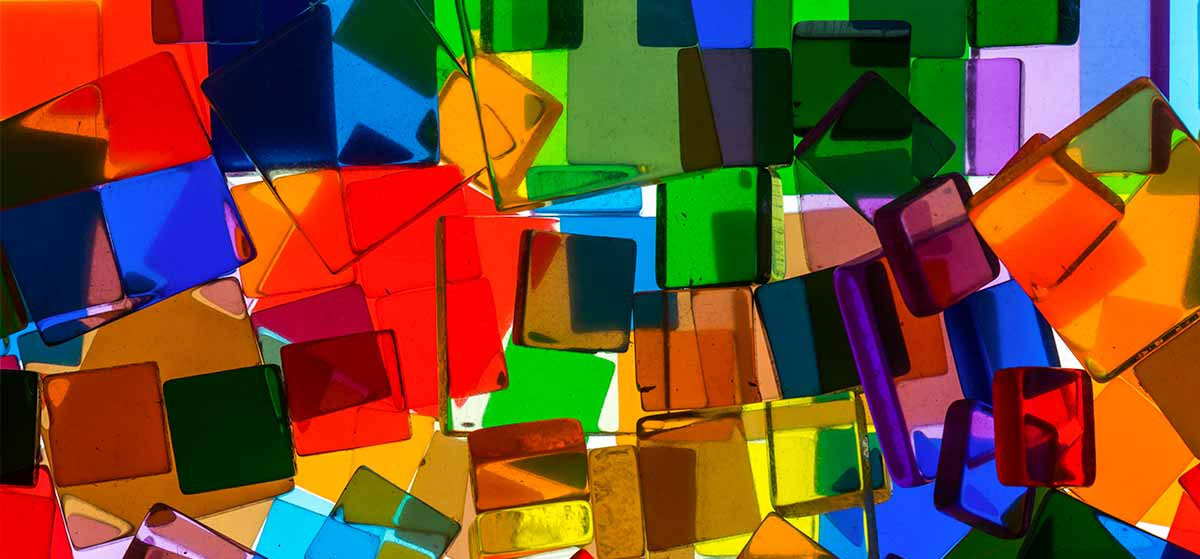Understanding Organic Pigments: An Introduction
Organic pigments are colorants derived from organic compounds, which are carbon-based chemicals found in nature or synthesized in a laboratory. Unlike inorganic pigments, which are minerals or metallic compounds, organic pigments offer a wider range of colors and are often used in different industries, including paints, inks, plastics, and textiles.
These pigments are prominent for their vibrant hues and versatility, making them a prevalent choice for artists, designers, and manufacturers seeking to achieve rich and dynamic color effects. From the deep blues of phthalocyanine blue to the fiery reds of quinacridone red, organic pigments offer an extensive palette to unleash your creativity.
Explore the intricacies of color chemistry and discover the endless possibilities these vibrant colorants offer. Whether you’re a small business owner or a painter, understanding organic pigments is the first step toward achieving captivating and enduring color expressions in your work.
Factors to Consider When Buying Organic Pigment
- Color Intensity and Hue: Assess the color intensity and hue of the pigment to ensure it matches your desired shade. Consider factors such as opacity and transparency, as these characteristics can affect the final appearance of your artwork or product.
- Lightfastness and Stability: Evaluate the lightfastness and stability of the pigment, especially if your project will be exposed to sunlight or other sources of UV radiation. Choose pigments with high lightfastness ratings to prevent fading over time.
- Chemical Compatibility: Determine the compatibility of the pigment with the medium or material you’ll be using. Ensure the pigment is compatible with solvents, binders, and other additives to avoid issues such as separation or color shifts.
- Supplier Reputation and Quality Assurance: Choose a reputable supplier known for providing high-quality organic pigments. Look for suppliers with robust quality assurance processes to ensure consistency and reliability in their products.
- Cost-Effectiveness: Consider the overall cost-effectiveness of the pigment, taking into account factors such as pigment concentration, coverage area, and longevity.
By carefully evaluating these factors, you can make informed decisions when buying organic pigments and ensure they meet your requirements for color, performance, and safety.
Exploring Color Options: Finding Your Perfect Shade
With such a diverse array of color options available, exploring and finding your perfect shade can be an exciting journey. Here’s a selection of some of the organic pigments you can consider:
- Yellow G
- Yellow GR
- Yellow D
- Yellow GR-W
- Yellow 2GN
- Yellow 3GN
- Fast Yellow WSR
- Yellow RNC
- Fast Yellow 4GX
- Yellow 5GX
These are just a few options to get you started on your color exploration journey. To explore our diverse range of colors, refer our organic pigment shade card. Take your time to experiment with different shades and combinations to find the perfect color for your project.
Application Techniques: Tips for Achieving Vibrant Results
Achieving vibrant results with organic pigments requires not only selecting the right colors but also mastering effective application techniques:
- Surface Preparation: Ensure that the surface you’re applying the pigment to is clean, smooth, and free of any debris or oils. Proper surface preparation will help the pigment adhere evenly and prevent any unwanted textures or imperfections.
- Priming: Consider using a primer or base coat before applying the pigment, especially on porous surfaces like wood or fabric. A primer can enhance adhesion, improve color intensity, and provide a smooth foundation for the pigment to adhere to.
- Layering: Experiment with layering different shades of pigment to create depth and dimension in your artwork or design. Start with lighter colors as a base and gradually build up to darker hues for a dynamic and visually interesting effect.
- Mixing: Don’t be afraid to mix different pigment colors to create custom shades and tones. Use a palette knife or mixing tray to blend pigments together until you achieve the desired color. Keep track of your mixing ratios to ensure consistency across your project.
- Brush Techniques: Choose the right brush for the job based on the size and texture of your surface. Use soft, synthetic brushes for smooth surfaces and stiffer brushes for textured or rough surfaces. Experiment with brush strokes, stippling, dry brushing, and other techniques to create various effects and textures.
- Drying Time: Allow each layer of pigment to dry completely before applying subsequent layers or additional coats. This will prevent smudging or blending of colors and ensure crisp, defined edges and details.
Where to Buy the Best Organic Pigments: Megha International – Your Partner in Pigments Solutions
When it comes to purchasing the best organic pigments, look no further than Megha International, a premier manufacturer based in India. With a reputation for excellence and innovation, Megha International offers a wide range of high-quality organic pigments designed to meet the diverse needs of artists, designers, and manufacturers worldwide.
Experience the difference with Megha International and elevate your projects with the best organic pigments on the market. Contact us today to learn more about our product offerings, customization options, and how we can meet your specific pigment needs.

